Android for Beginners: What is my Firmware Number?


When getting root access to your device or installing any custom ROMs you need to know the number of your device's firmware. This number does not necessarily have to be the same for the same model of phone. For example, all Samsung Galaxy S3's represent the same model, but do not have the same firmware number. Today in our Android for Beginners series we will help you clarify what the firmware number is exactly and how to find it.

Firmware is the operating software available on an Android device, and it is available in different versions designed by different manufacturers. Basically it's the device-specific part of the software. For example, you may have Android 4.2.2 running on your phone, but have a firmware number that looks completely different because it relates to more details than just Operating System. The firmware number consists of several elements, all of which are essential for the functioning of the phone:
- PDA: Android operating system and your customizations.
- Phone: the actual identifier of your device.
- CSC (Country Exit Code): the languages and country-specific parameters.
- Bootloader: the boot loader program that runs at startup to all unit processes.
All these terms will sound familiar if you have flashed any ROMs already through Odin, for example. But for everyone else, now you know!
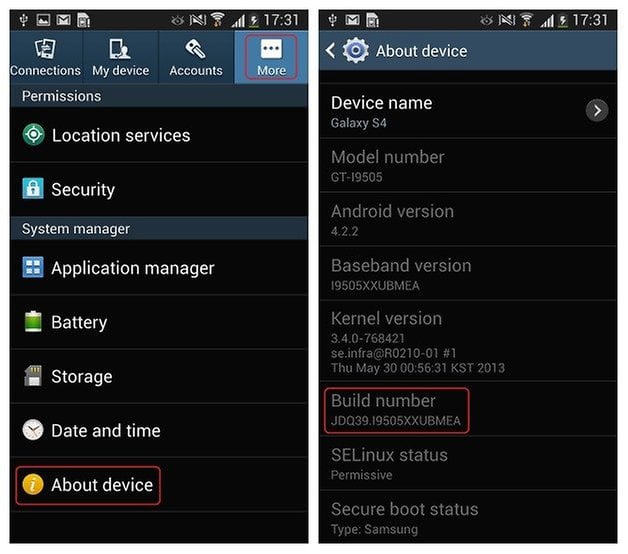
Where I can find the latest version of firmware?
Since I'm using a Samsung I'll go to SamMobile. On this website you can find the latest firmware updates for any model of Samsung smartphone. They usually update the firmware constantly, so I recommend you check in regularly if you are a regular root user. Don't forget that a device with root access no longer receives official update notifications from the manufacturer, so you have to be on the lookout for yourself.
To find out what number of firmware your device has on it currently, just go to your Settings menu. For Sony and Samsung devices, go to Settings > About Device > Build Number. For HTC devices, you should go to Settings > About Device > Software Information > Software Version. Here are some examples:
If you have a Samsung device you can also check the version of firmware you currently have by dialing * # 1234 # call.
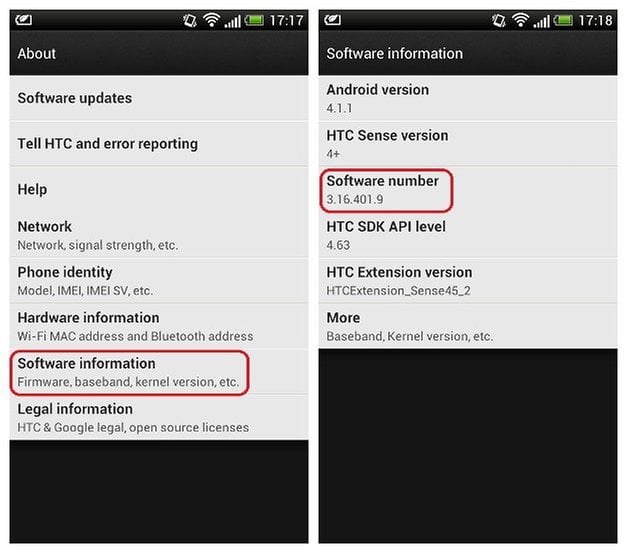
Other useful information
The Baseband Version is the radio driver in which everything that has to do with telephone communications of devices is stored. In general, this parameter does not have to be affected when flashing a ROM, since the recovery or recovery mode does not have access to this part of memory.
The Kernel Version accurately identifies the core type, ie, the operating system kernel makes the hardware communicate with the operating system.
So, that's how to find your current firmware version number and see what the latest available version is. The official firmware number of your device is very useful for locating custom ROMS for your rooted device, but it is also helpful if you want to cancel root privileges.






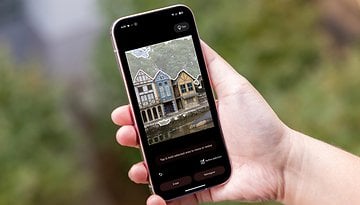

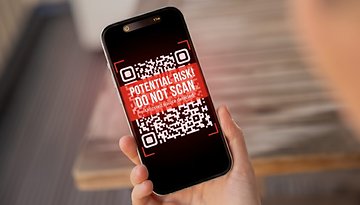
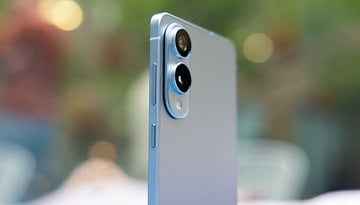

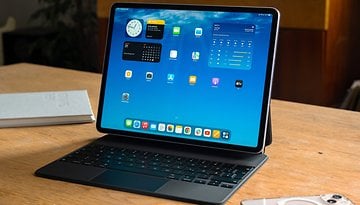



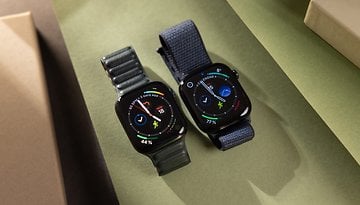

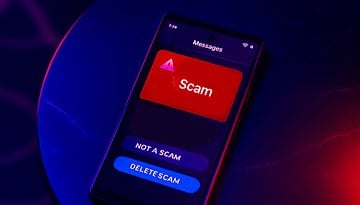


A great outline on the anatomy of the Android OS and corresponding firmware. I do respectfully have to take issue with the definition provided for Baseband. The Baseband firmware does not encompass radio drivers nor does it function in the capacity of a hardware driver.. Traditionally, hardware drivers (or blobs) were located in the Android kernel. This includes drivers for the WiFi module, Bluetooth, touchscreen, speakers, camera sensors and the cellular radio (baseband) drivers, among many others. Nowadays, with the emergence of the Generic Kernel Image (GKI), the hardware abstraction layer (HAL) that encompasses vendor-specific drivers (blobs) has been allocated to its own designated partition, /vendor-boot. But, to my point, .the cell radio drivers -- which enable communication between the Baseband radio and the Android OS -- are not, as commonly thought, a part of the Baseband firmware. The sole purpose of Baseband firmware is to provide a highly complex gateway and instruction set as to how the Baseband radio receives, transmits and processes radio signals relating to mobile networks (for all intents and purposes, the terms "baseband," "modem," and "radio" all have the same meaning). In other words, the Baseband drivers enable the radio to communicate with the OS, while the Baseband firmware enables the radio to communicate with the applicable mobile network. On Qualcomm-based devices, there are several partitions designated for Baseband-related firmware. The primary partition is generally mounted as /modem. Others include /modemst1, /modemst2, /fsg, /carrier, /fsc, /persist, efs and /pds. Moreover, the Android OS itself encompasses yet another bridge between the Baseband and the operating system, known as the Radio Interface Layer (RIL). While this is certainly an older article, the same basic concept of Baseband firmware applies now as it did then.
What is the Binary in this Firmware A520FXXSDCTB2 ?
I WANT TO ASK FOR SOMETHING
this is very help full for me, can you tell me which should I flash on my j2 whose firmware or build Version LMY47X.J200GDDU2ARC1
Very helpful. Helped me fix my phone when I corrupted it trying to do a root. Thanks a lot. Have a great day!
Hi! Is it okay to use different OS version number like for example, I have a Galaxy SM-J100ml.......... and the latest version of it is GalaxyJ100ml.....(but different letters and numbers)? Is it okay to flash that or not? Please I really need your feedback immediately :)
Hello, I have already formatted my Orginal Stock ROM.. And I have no details about the phone now..
Im using another ROM.. will it still show the Original Details of my phone?
Samsung Galaxy Note Edge [ SM - N915G ]
Thank you for this information. I can now check on Sam Mobile to find out if I have the latest software.
LG android smart phone users (like Me)
Settings>About Phone>Software Information (where Android Version, Baseband Version, Kernel Version, Build Number, Software Version are all located)
Thank you for posting Isabel Valencia :-)